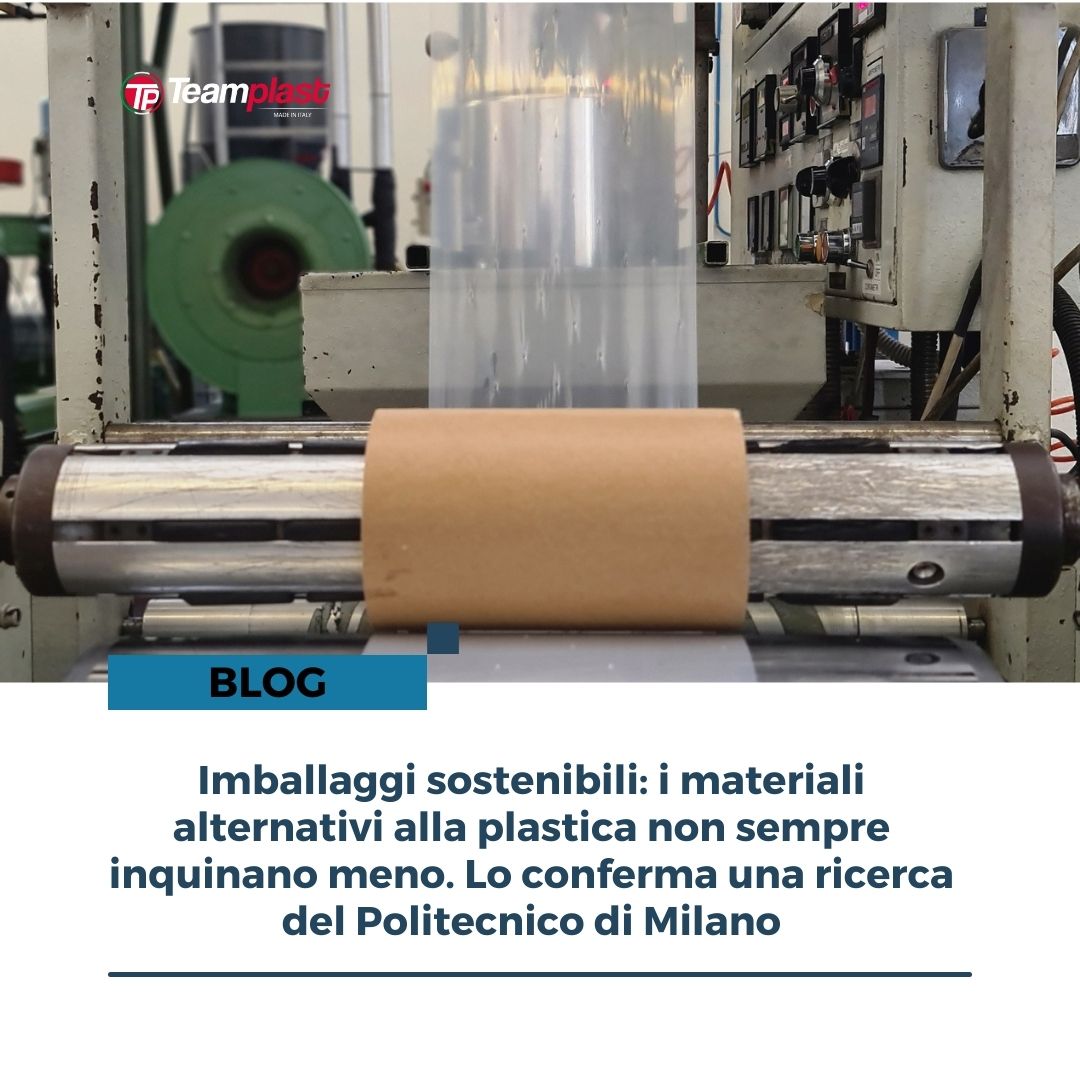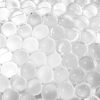The growing sensitivity towards environmental issues is pushing consumers and companies to look for more sustainable solutions than traditional plastic packaging. A recent study by the AWARE (Assessment on WAste and REsources) research group of the Politecnico di Milano, published on Waste Management & Research: The Journal for a Sustainable Circular Economy, examined the real sustainability of alternative materials to plastic. This research, based on 53 peer-reviewed life cycle assessment (LCA) studies published between 2019 and 2023, offers an in-depth analysis of the environmental impact of different types of packaging and a comparison of plastic and alternative materials.
Plastic is not always the worst choice
In the current context, plastic continues to be essential in many sectors, especially in the food industry, because the characteristics of this material ensure a high level of hygiene and preserve food longer than other materials considered more “eco-friendly”. Contrary to what one might think, in fact, the study highlighted that conventional plastics are not necessarily the least sustainable choice. Bioplastics, for example, have shown significant advantages in terms of climate change and the depletion of fossil resources. However, in other categories of environmental impact, such as toxicity and land use, bioplastics have some disadvantages, confirming that there is no one-size-fits-all solution.
Glass and Metals: Challenges and Opportunities
The use of glass, although perceived as more sustainable, has weight issues, which negatively impact both production and transportation. Reusing glass can improve environmental impact, but must be managed under specific conditions to be advantageous compared to conventional plastic. Metals, such as aluminum, offer a more balanced comparison with plastics, especially in the beverage sector. Again, research suggests that reusing and limiting transportation distances can significantly improve environmental performance.
Optimization and Life Cycle
The analysis of LCA studies has highlighted areas for improvement for all materials examined. Glass and metals could benefit from greater reuse, while bioplastics require optimizations in production processes and end-of-life management. It is of fundamental importance to also consider social and economic impacts to obtain a complete assessment of the sustainability of packaging. Only through a complete life cycle analysis can we fully understand the implications of our packaging choices.
Experts' Conclusions
Giovanni Dolci, a researcher at the AWARE group, points out that the choice between plastic and alternative materials strongly depends on the specific application and the characteristics of the material. Furthermore, one should not focus exclusively on the effects of climate change without evaluating other potential impacts or unrealistic end-of-life management scenarios.
Mario Grosso, professor of Waste Management, highlights the excellent environmental performance of plastic when used correctly, thanks to its light weight and the optimization of production processes. However, plastic has some critical issues, such as production from fossil resources and the propensity to disperse in the environment, which requires a long time to degrade.
Towards a Sustainable Future
In conclusion, while scientific research provides valuable information on the most sustainable materials, it is essential to carefully consider all aspects involved in the choice of packaging, from production to reuse to recycling. Only in this way can we get closer to a more sustainable future for all.





